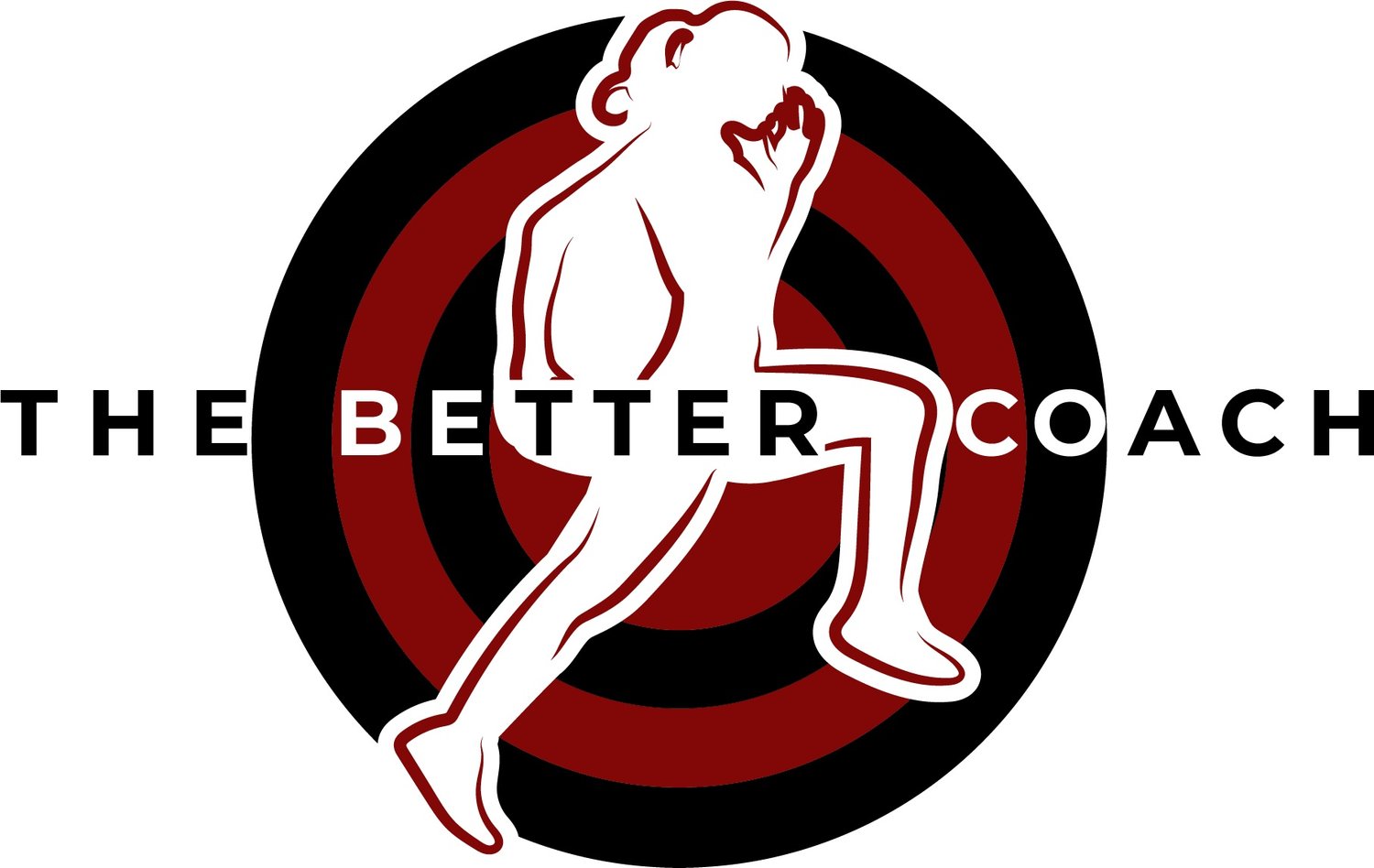The Painting Assignment: Part I
Before I studied exercise physiology, I studied fine arts at the University of Vermont. I remember one assignment was to go to the University’s Fleming Museum of Art and copy a painting.
As an undergraduate student I only gave effort to assignments that excited me. As an undergraduate student, I was also a big copycat.
I don’t mean that I cheated on assignments. I mean outside of the classroom, I would copy other peoples’ styles because I was not comfortable in my own skin. If I observed something from another person that I liked, I would try it on for myself.
Although this is part of growing up and figuring out who we are, despite my copycat style, this assignment did not excite me.
I chose a painting that I perceived as an abstract painting of a thunderstorm. The bottom ¾ of the painting was made up of large, gray brush strokes that faded in depth and darkened in color as they climbed up the painting. And there were a few red brush strokes near the top.
Easy-peasy, I thought.
…I thought wrong.
I don’t want to go back and give my younger self advice because everything I went through made me who I am today. If I go back, I risk accidentally altering a brush stroke and changing what my canvas looks like today. Each and every stroke - the ugly ones, the pretty ones, the choppy ones, the smudgy ones, the smooth ones, they all make me who I am today. My canvas today is not a masterpiece yet, but I am proud of its progress.
So rather than alter even a speck of paint, I am telling you this advice, whenever you are reading this in the present moment:
It’s a lot easier to paint your own canvas than to copy someone else’s.
I learned to paint with acrylics.
One disadvantage of acrylics is that they dry fast. This makes it hard to keep the paint moving to continue blending colors.
One advantage of acrylics is that they dry fast. You don’t have to sit there and watch paint dry all day before you can add more depth and layers.
If you used acrylics, your paint is probably dry by now so you can start recreating areas of your canvas that you dislike.
On the other hand, if you used acrylics your paint is probably dry by now. The paint that is on the canvas is always going to be there no matter how many times you paint over it. Each and every speck of paint, whether visible in the end or not, is going to be a part of your masterpiece.
Often, painters take steps back away from their canvas to make sure it looks like they want it to. You are the painter of your own canvas. Ask yourself what do you want it to look like?
Take a step back from your canvas:
Do you like what you see?
Do you see a color that doesn’t blend?
Do you see brush strokes that are not authentically yours?
Do you see something that worked earlier but does not fit into your painting anymore?
When you are asking these questions, remember, it is a lot easier to paint your own canvas than to copy someone else’s.
….part II coming soon with more details about the comparison, copycat trap.



